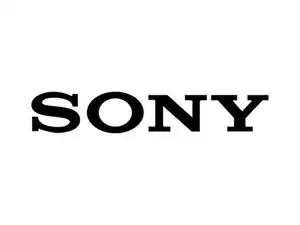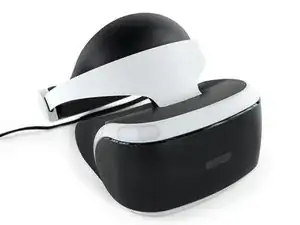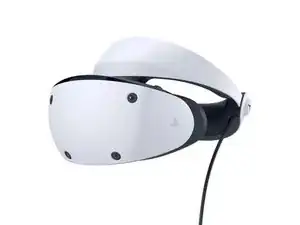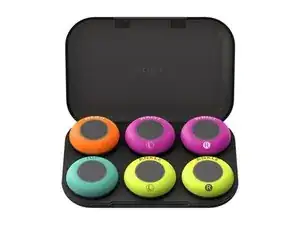Background
Sony's interest in virtual reality technology dates back to the 1990s when they released their first commercial head-mounted display, the Glasstron, in 1997. However, it wasn't until several years later, in 2014, that the company officially announced its dedicated VR project under the code name "Project Morpheus." This project later evolved into the original PlayStation VR (PS VR), which was released in October 2016, compatible with the PlayStation 4.
The release of the PS VR marked a significant milestone in the gaming industry, as it brought immersive VR experiences to a broader audience. The headset gained popularity among gaming enthusiasts and developers, offering impressive display quality and ease of use. Sony's commitment to integrating VR technology with their gaming ecosystem was evident in the seamless compatibility of the PS VR with PlayStation consoles.
Building on the success of the first-generation PS VR, Sony announced the the PlayStation VR2 (PS VR2) at the 2022 Consumer Electronics Show. After six years of development, the PS VR2 promised even more advanced features, such as a 4K display resolution, increased field of view, and new Sense controllers with enhanced haptic feedback and finger touch detection.
Unlike its predecessor, the PS VR2 was specifically designed for use exclusively with the PlayStation 5 console, cementing Sony's dedication to creating an immersive and seamless VR experience that perfectly complements its latest gaming platform.



